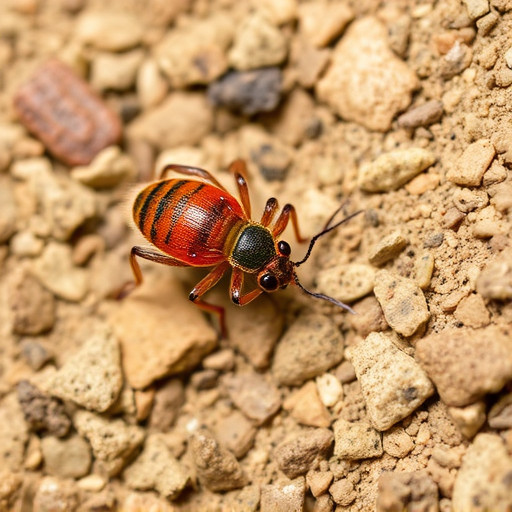Tucson's arid desert climate presents unique pest control challenges, attracting termites, ants, cockroaches, and rodents that cause property damage and health risks. Effective Tucson pest control requires understanding these specific issues and employing tailored strategies for each pest. Comprehensive inspections, including thorough assessments of structures, entry points, and environmental factors, are critical. Post-inspection preventive measures like sealing entry points and regular cleaning significantly reduce pest attraction. Businesses should adopt specialized strategies for long-term protection.
In the vibrant, bustling city of Tucson, effective pest control is essential for maintaining healthy homes and businesses. Understanding the unique challenges posed by local pests, such as scorpions and ants, is crucial for successful management. This comprehensive guide delves into the importance of thorough inspections and assessments, offering a strategic approach to Tucson pest control. From identifying hidden hazards to implementing preventive measures, discover how a detailed evaluation can revolutionize your property’s protection against persistent pests.
- Understanding Tucson's Pest Challenges: Common Pests and Their Impact
- The Importance of Comprehensive Inspections for Effective Pest Control
- Uncovering Hidden Hazards: Assessing Your Property Thoroughly
- Implementing Preventive Measures: Post-Assessment Strategies for Tucson Homes and Businesses
Understanding Tucson's Pest Challenges: Common Pests and Their Impact
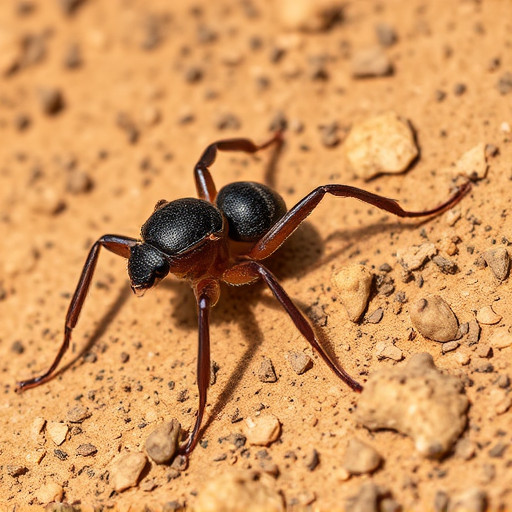
Tucson, with its unique climate and diverse environment, presents specific challenges for pest control. The city’s arid desert conditions attract a range of pests, including termites, ants, cockroaches, and various types of rodents. These pests not only cause damage to properties but also pose health risks to residents. Termites, in particular, are a significant concern due to the structural integrity they can compromise in homes built on desert soil.
Ants, another common pest, often invade kitchens and food storage areas, causing inconvenience and potential contamination. Cockroaches, known for their resilience, thrive in warm, moist environments, making them persistent pests in many Tucson households. Rodents, including rats and mice, find shelter in the city’s diverse foliage and can transmit diseases, making comprehensive inspections crucial for maintaining a healthy living environment. Effective Tucson pest control requires understanding these challenges and employing tailored strategies to address each pest’s unique behavior and habitat.
The Importance of Comprehensive Inspections for Effective Pest Control
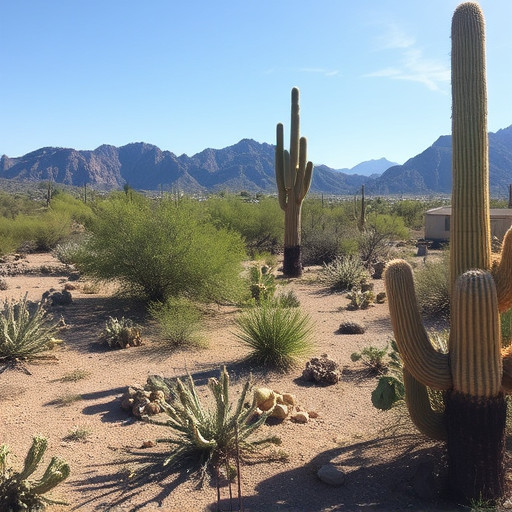
Comprehensive inspections are a cornerstone of effective Tucson pest control strategies. A thorough inspection allows experts to identify all potential entry points, active infestations, and species present, providing a clear picture of the situation. By meticulously assessing every corner and crevice, professionals can develop tailored plans that address specific needs, ensuring no hidden threats remain undiscovered.
These meticulous assessments go beyond surface-level observations. They involve closely examining structures, evaluating environmental factors, and employing advanced techniques to uncover even the most subtle signs of pest activity. This proactive approach is key to successful Tucson pest control, preventing further damage and mitigating risks associated with invasive species.
Uncovering Hidden Hazards: Assessing Your Property Thoroughly
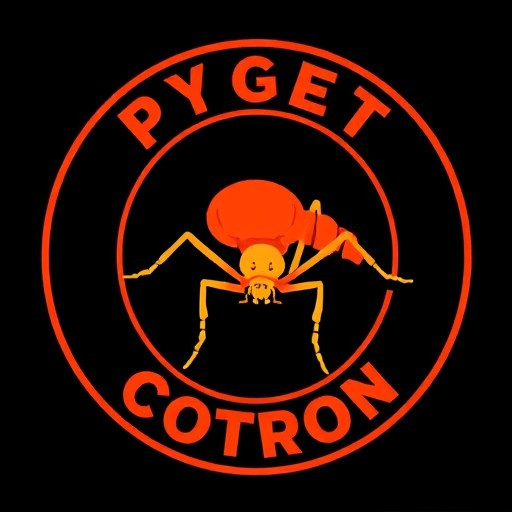
In the realm of Tucson pest control, a comprehensive inspection goes beyond the surface to uncover hidden hazards. Professional examiners employ meticulous techniques to assess every nook and cranny of your property, from attics and walls to crawl spaces and landscaping. This thorough evaluation is crucial in identifying potential entry points for pests, signs of existing infestations, and any structural vulnerabilities that could facilitate further invasion.
By delving into these hidden areas, Tucson pest control experts can provide a detailed report outlining findings and recommendations. This proactive approach ensures that no stone is left unturned, empowering property owners to take immediate action and prevent future pest-related issues. A comprehensive assessment is the first step towards achieving and maintaining a pest-free environment, making it an indispensable practice for anyone prioritizing Tucson pest control.
Implementing Preventive Measures: Post-Assessment Strategies for Tucson Homes and Businesses
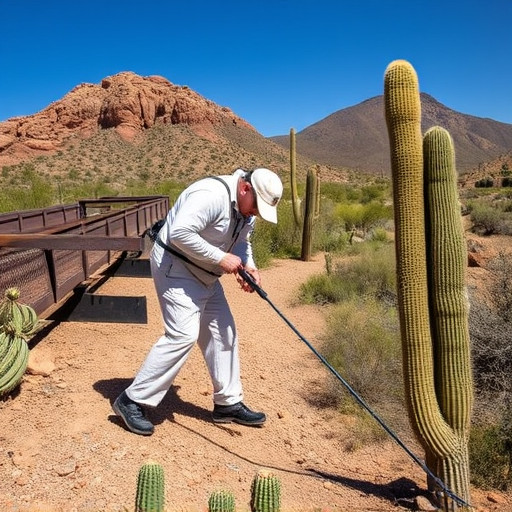
After a comprehensive inspection, implementing preventive measures is crucial for effective Tucson pest control. The post-assessment phase plays a vital role in creating a robust defense against pests and ensuring long-term protection for both residential and commercial properties. One of the key strategies involves sealing entry points and vulnerabilities identified during the inspection. This includes patching cracks, installing weather stripping, and securing screens to prevent insects from accessing buildings.
Additionally, regular cleaning routines and waste management practices are essential. Maintaining a clean environment reduces pest attraction by eliminating potential food sources and hiding places. Businesses may require specialized strategies, such as implementing strict hygiene protocols in food preparation areas and scheduling routine inspections to address any emerging issues promptly. These preventive measures form the first line of defense, significantly reducing the likelihood of future pest infestations.
In addressing Tucson pest control challenges, comprehensive inspections and assessments are paramount. By understanding the common pests affecting the region and their impacts, property owners and businesses can effectively implement preventive measures. Uncovering hidden hazards through thorough assessments ensures that no potential threat is left undetected, enabling proactive rather than reactive pest management. For a successful and sustainable approach to Tucson pest control, adopting these strategies is key to maintaining a healthy and safe environment.
